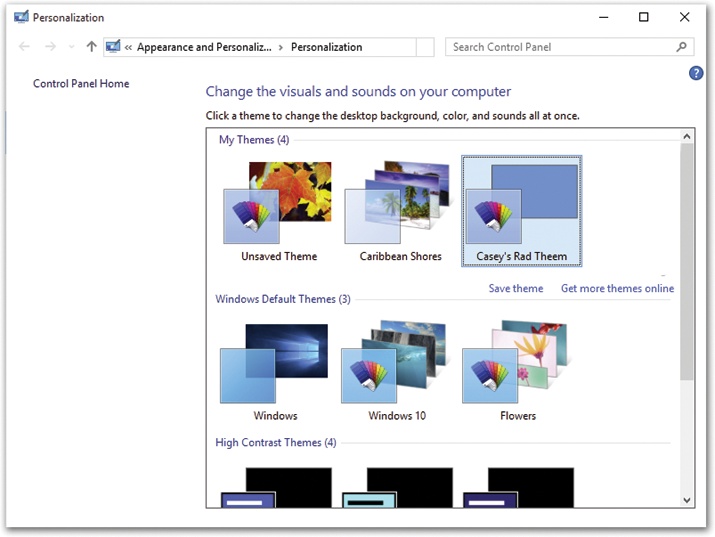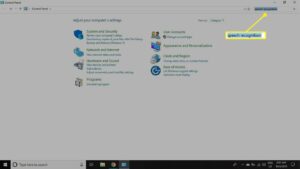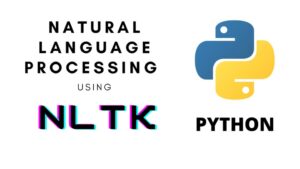Aesthetics Redefined: A Comprehensive Guide on How to Change the Look of Windows 10 Books

Introduction:
Windows 10, the versatile operating system from Microsoft, offers a range of customization options to personalize the user experience. While much attention is often given to themes, wallpapers, and color schemes, the appearance of books within Windows 10 is equally deserving of attention. In this extensive guide, we will explore the various methods and tools available to users who seek to change the look of books on Windows 10, ensuring a visually pleasing and tailored reading experience.
Understanding the Default Book Experience in Windows 10:
- Microsoft Edge as the Default Reader:
- Windows 10 comes with Microsoft Edge as the default PDF and eBook reader. While Edge provides a functional reading experience, users might desire additional customization options to enhance the visual appeal of their digital library.
- Built-In Reading Features:
- Microsoft Edge includes features like a customizable reading view, annotations, and the ability to adjust font sizes and styles. While these built-in features cater to basic preferences, users often look for more extensive customization to align with their personal aesthetics.
Changing the Look of Books in Microsoft Edge:
- Customizing Reading View:
- Microsoft Edge offers a reading view that minimizes distractions and presents content in a clean, organized manner. To activate Reading View, click on the book icon in the address bar. Users can customize the background color, font style, and font size to suit their preferences.
- Adjusting Page Layout:
- Within Reading View, users can toggle between different page layouts—single page or double page. Experimenting with these layouts allows readers to find the most comfortable setting for their reading style.
- Immersive Reader Mode:
- Microsoft Edge includes an Immersive Reader mode, providing an even more focused reading experience. Users can access this mode by clicking on the book icon in the address bar and selecting “Read aloud.” Immersive Reader allows for customization of background color, font, and spacing.
Using Third-Party eBook Readers for Enhanced Customization:
- Calibre eBook Management:
- Calibre is a powerful third-party eBook management tool that goes beyond basic customization. Users can convert eBook formats, organize their digital library, and apply a wide range of themes and styles to create a visually appealing reading environment.
- Adobe Digital Editions:
- Adobe Digital Editions is another popular eBook reader that supports various formats. Users can customize font styles, background colors, and page layouts to create a personalized reading experience.
- Customizing within eBooks:
- Many eBooks themselves allow for customization of font styles, sizes, and background colors. Exploring the settings within specific eBooks can reveal hidden options to tailor the reading experience.
Advanced Customization with Windows 10 Themes:
- Applying System-wide Themes:
- Windows 10 allows users to apply system-wide themes that impact the overall appearance of the operating system. These themes often include changes to window borders, color schemes, and other visual elements, indirectly affecting the look of book interfaces.
- Third-Party Theme Tools:
- Enthusiasts who seek a more profound transformation can explore third-party theme tools such as UltraUXThemePatcher. These tools enable the installation of custom themes, unlocking a wider spectrum of visual customization options, including those affecting the appearance of book interfaces.
Exploring Extensions and Add-ons:
- Browser Extensions for Enhanced Reading:
- Microsoft Edge supports extensions that can enhance the reading experience. Users can explore extensions that offer advanced customization options, additional themes, and features specifically designed for eBooks.
- Browser Add-ons for Personalization:
- The Microsoft Edge Add-ons Store provides a variety of add-ons and extensions that cater to personalization needs. Users can search for extensions that align with their preferences, whether it be custom themes, fonts, or other visual enhancements for their digital library.
Conclusion:
In the ever-evolving digital landscape, the ability to customize and change the look of books on Windows 10 ensures that users can create a reading environment that resonates with their personal aesthetic preferences. From built-in features in Microsoft Edge to third-party eBook readers, system-wide themes, and browser extensions, the avenues for customization are diverse and accessible.
As users embark on the journey of enhancing the visual appeal of their digital library, the key lies in experimentation and exploration. Whether it’s tweaking the settings within Microsoft Edge, diving into the advanced customization offered by third-party tools, or incorporating browser extensions for added features, the goal is to curate a reading experience that goes beyond functionality and immerses readers in a visually pleasing and personalized digital realm. As technology continues to advance, the ways in which we interact with digital content evolve, and the ability to tailor these interactions becomes an integral part of the user experience.







